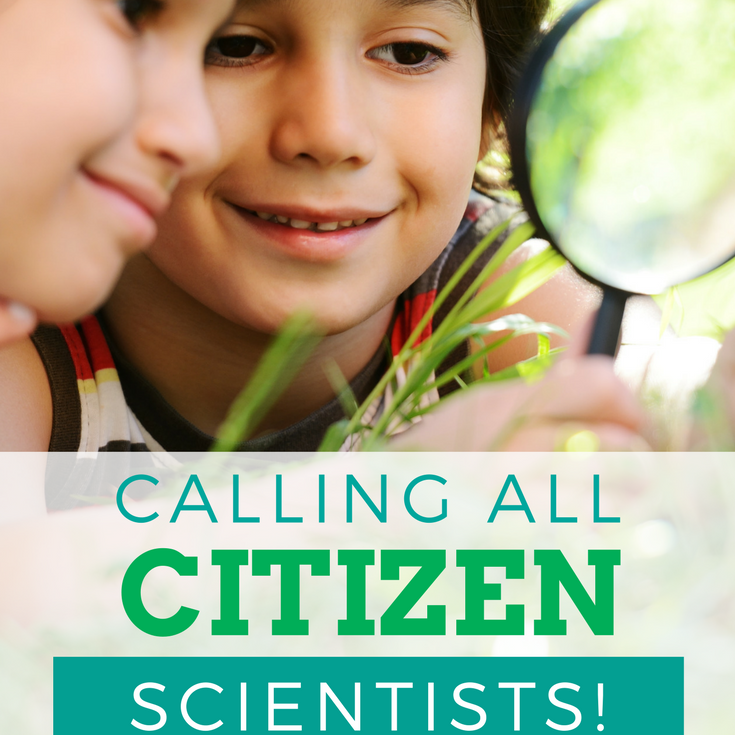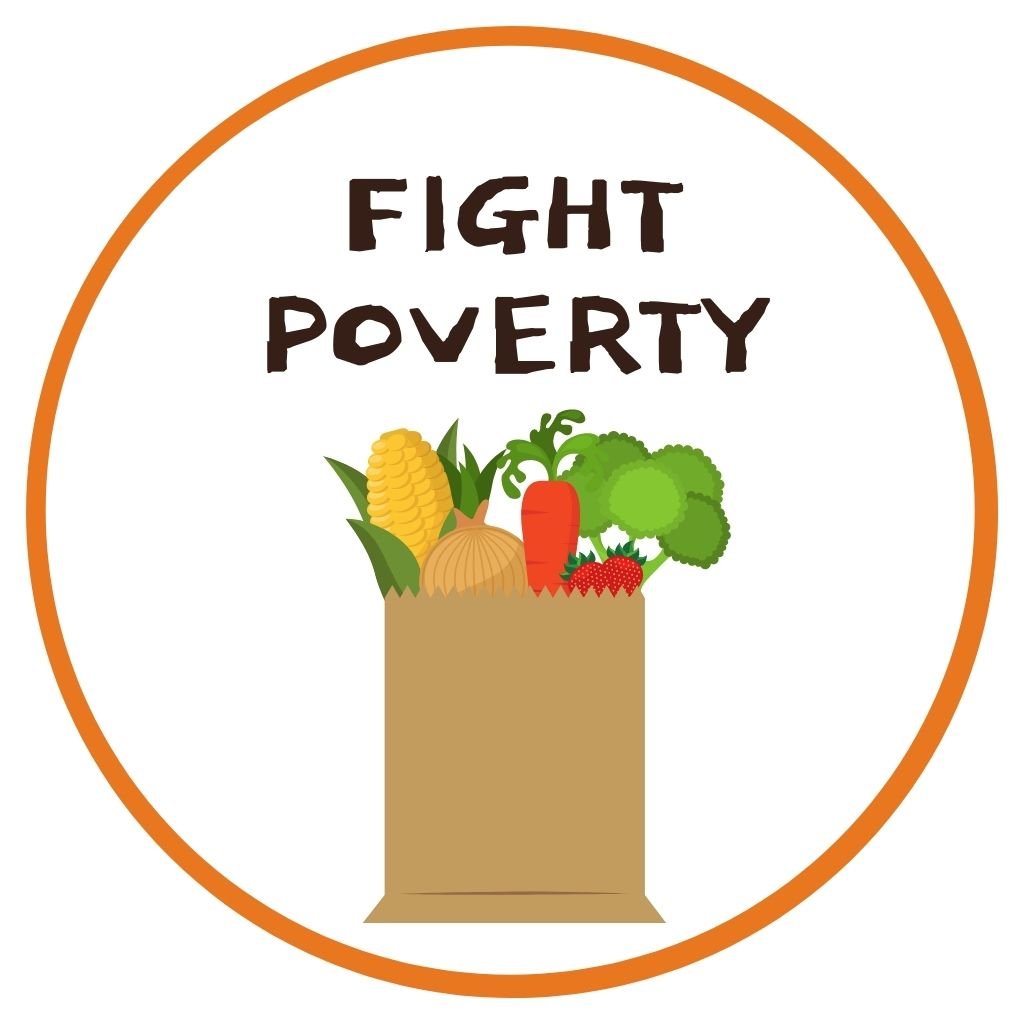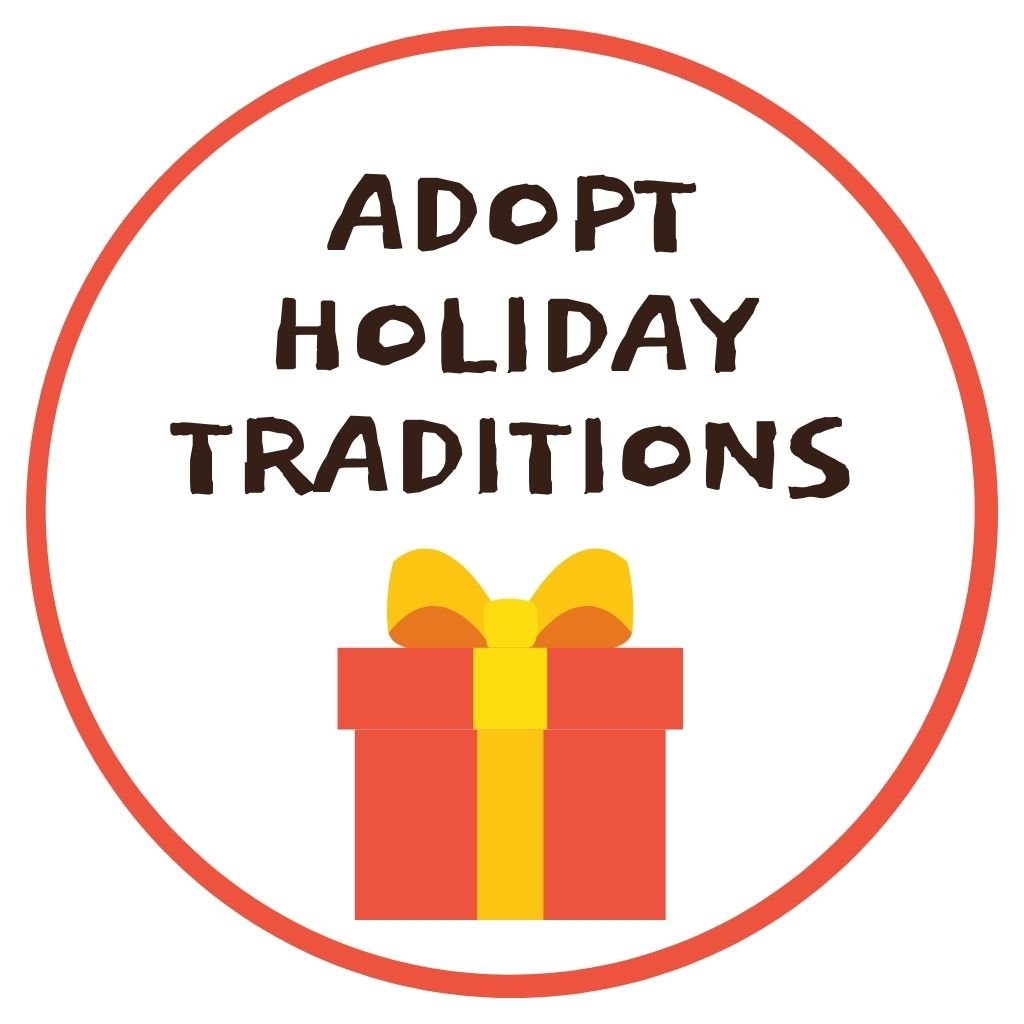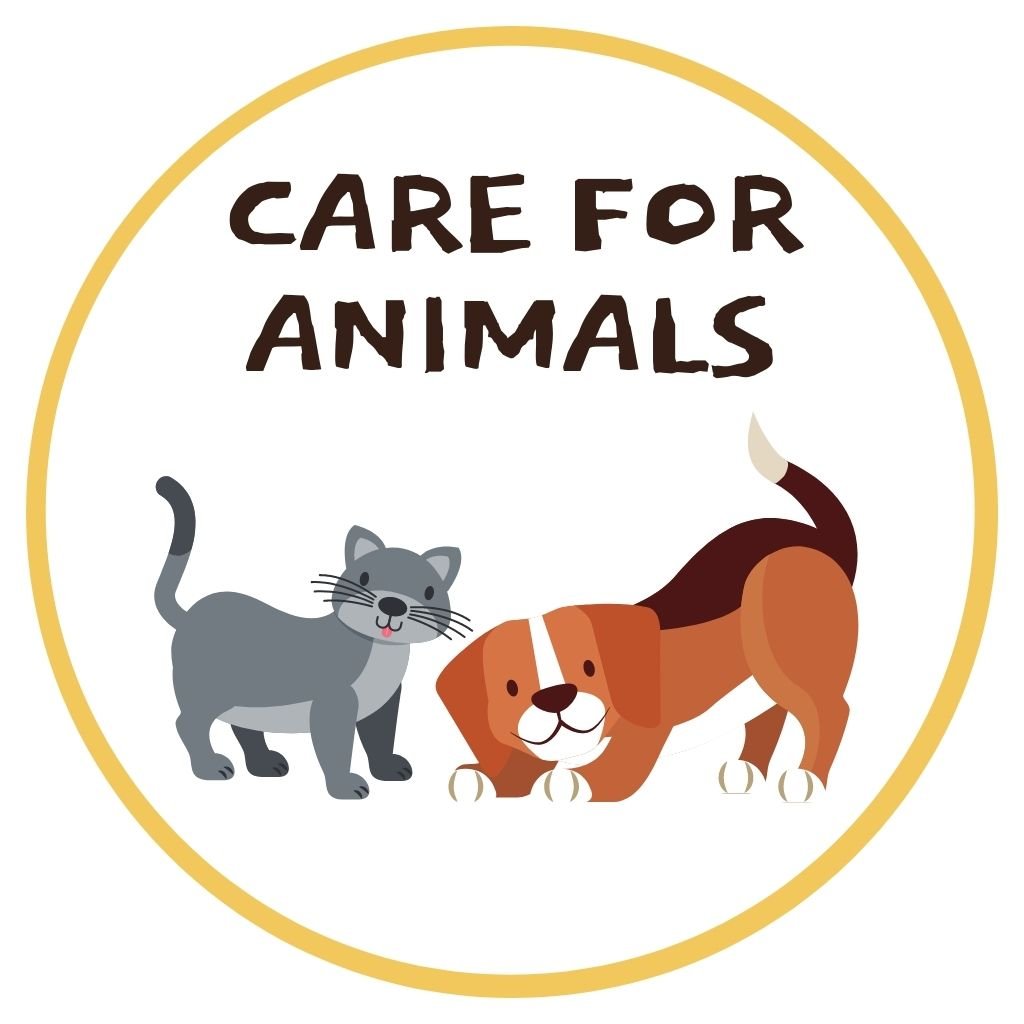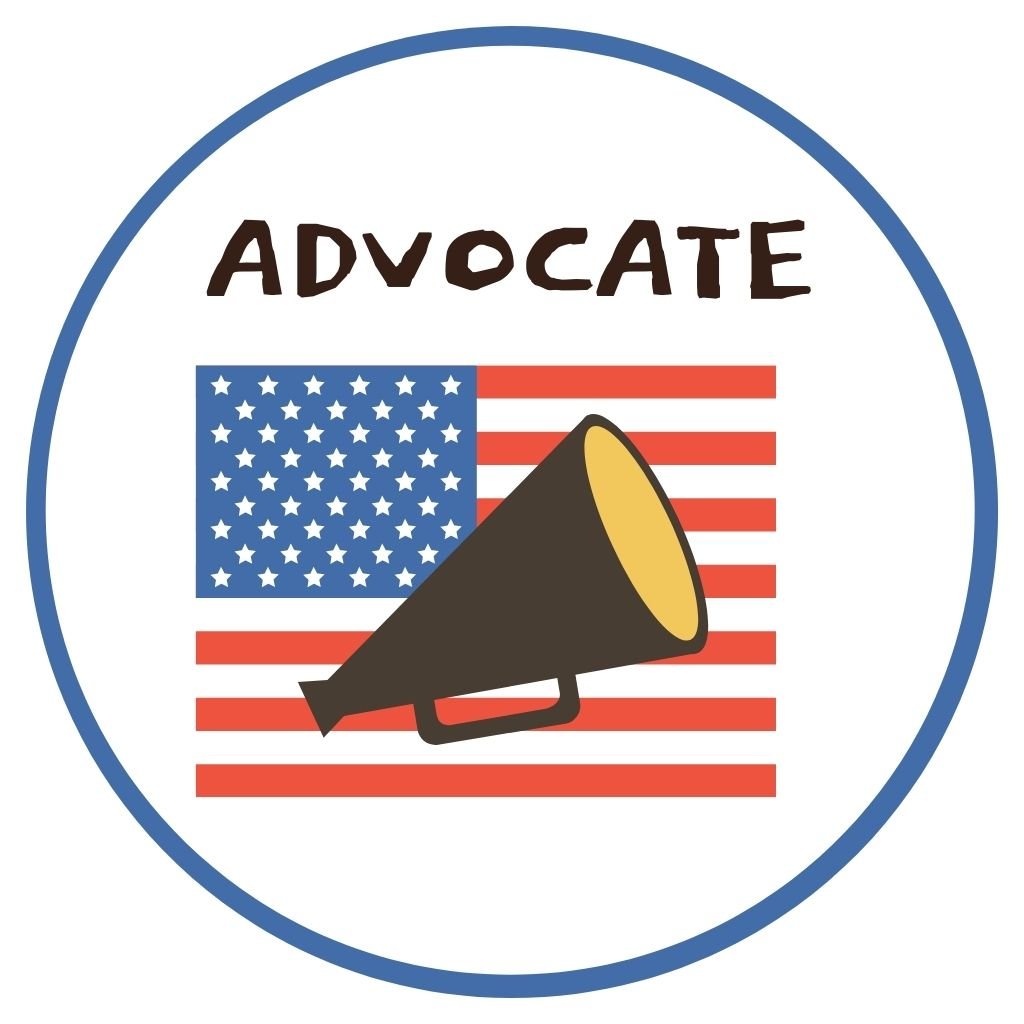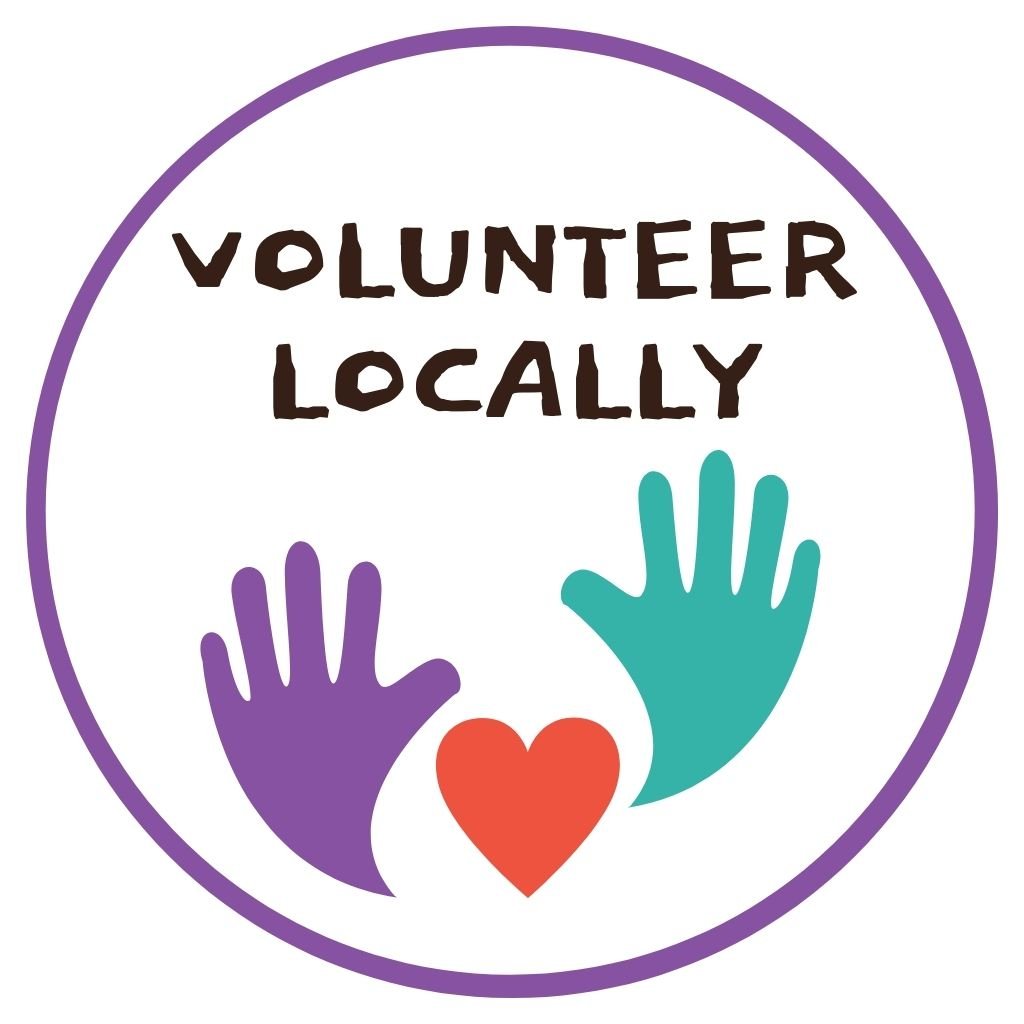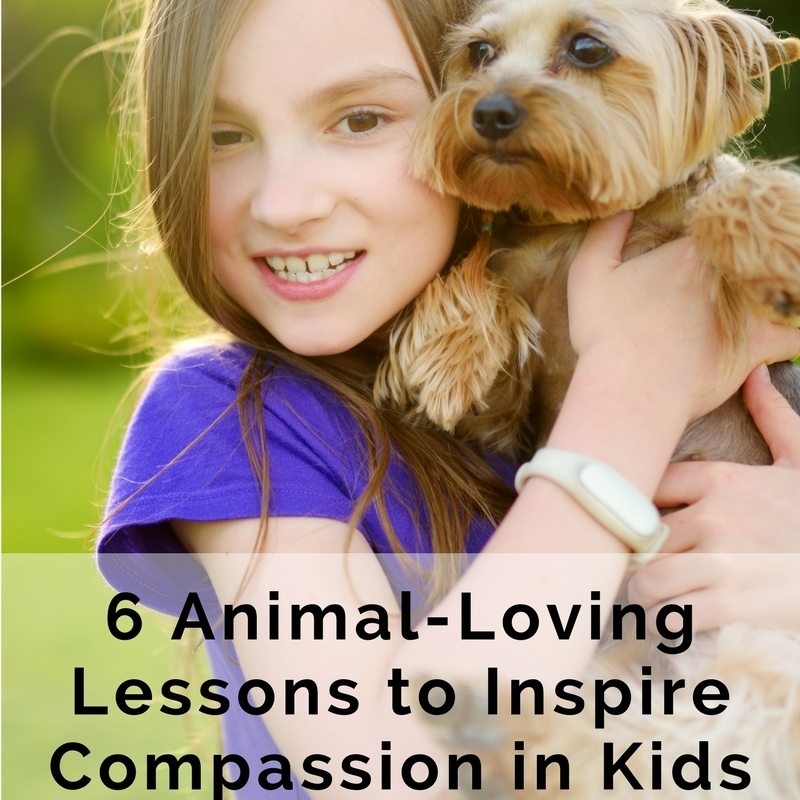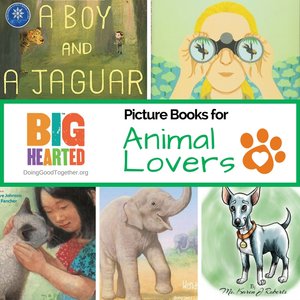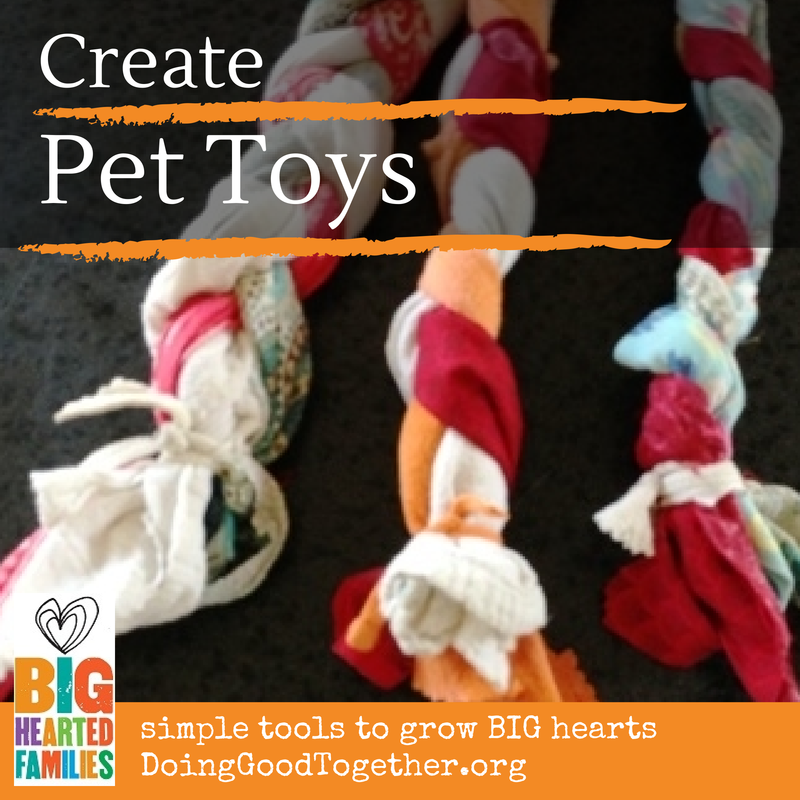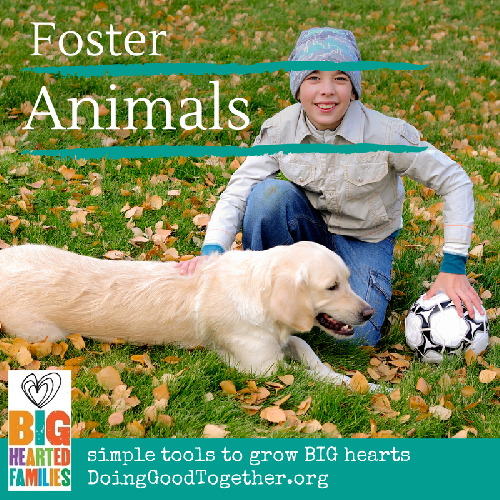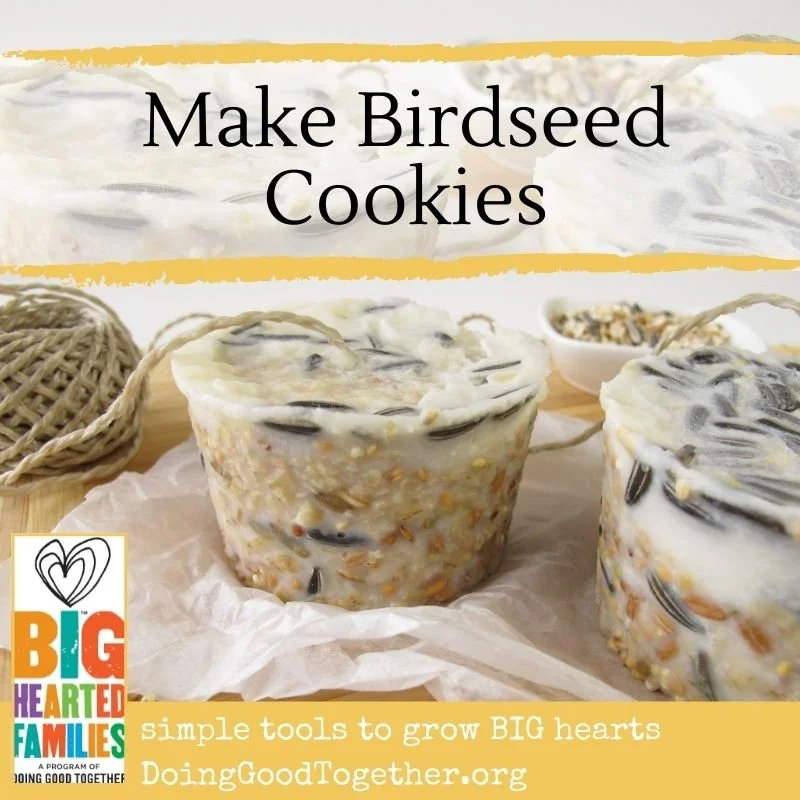Support scientists with hands-on efforts.
Thanks to smartphones, computers, and evolving technology, you can discover, learn about, and contribute to scientific research projects from anywhere in the world. SciStarter.com creates a shared space where people of all ages can get involved with the scientific process and scientists can crowdsource new data.
Click here to visit our recent blog post featuring Community - or Citizen- Science in action!
Possible recipients
Choose among hundreds of research projects searchable through SciStarter.com. Some are online only. Others get you out into nature. Still others put you to work analyzing results.
What you’ll need
Computer and internet access
Supplies vary depending on the project you choose
Instructions
Register for a free account with SciStarter.com.
As a family, browse available projects based on location and interest area. Educational projects with extra learning tools are available too.
Choose a project and follow its instructions.
Rate and review the project to inspire other community scientists.
Some projects we recommend include:
Covid Near You: Take 5 minutes each week to check in with researchers at Harvard and Boston Children’s Hospital monitoring the spread of the virus.
Participate in Citizen Science Month every April: SciStarter.com celebrates all things community science with daily challenges. Mark your calendar, pick your family’s favorite, and get started!
Become an iNaturalist: Download the iNaturalist app from National Geographic and the California Academy of Sciences. Join a project - which they define as a collection of observations with a common purpose. And begin your community science observations about the natural world!
Sign Up for Nature's Notebook: This National Phenology Network project invites you to help scientists take the pulse of our planet by observing and then sharing seasonal changes in plants and animals.
Reflection Questions
What surprised you about doing citizen science?
How has the experience changed your understanding of what science is or what scientists do?
What did you learn about community science? Do you think it is important or exciting? Why or why not?
What projects did you find most interesting? What projects did you find least interesting?
What project did you select and why? What do you think its impact will be?
Once you've completed your project, think of one or two related ideas you are curious about. How would you find the answers to those questions?
What are the limitations and possible challenges of engaging science enthusiasts in scientific research?
What are the benefits of encouraging everyone to participate in science?
Resources
Ruby’s Birds by Mya Thompson
Join Ruby in discovering the fun of birdwatching, a pastime you can pursue wherever you are! Learn Ruby’s tips for taking nature walks, find out how to spot birds in your neck of the woods, and connect with Celebrate Urban Birds, a community science project at the Cornell Lab.
Bat Count: A Citizen Science Story by Anna Forrester
See community science in action in this fun story about a memorable family evening spent counting bats.Outdoor Science Lab for Kids: 52 Family-Friendly Experiments for the Yard, Garden, Playground, and Park by Liz Lee Heinecke
Part of the incredible Lab Series, this edition will inspire your whole family to bring science to your time outside.
Take it further
Monarch Joint Venture offers this list of community science efforts you can support while observing the pollinators in your neighborhood.
Visit Science Friday's educational tools for parents and teachers. These free STEM resources help you dig even deeper into a variety of topics.
Watch the PBS Series The Crowd and The Cloud (April 2017) all about community science and its impact on our world.
Disclaimer: Doing Good Together™ is a participant in the Amazon Services LLC Associates Program, an affiliate advertising program designed to provide a means for sites to earn advertising fees by advertising and linking to Amazon.com.
The recommendations we offer are based solely on our mission to empower parents to raise children who care and contribute.


